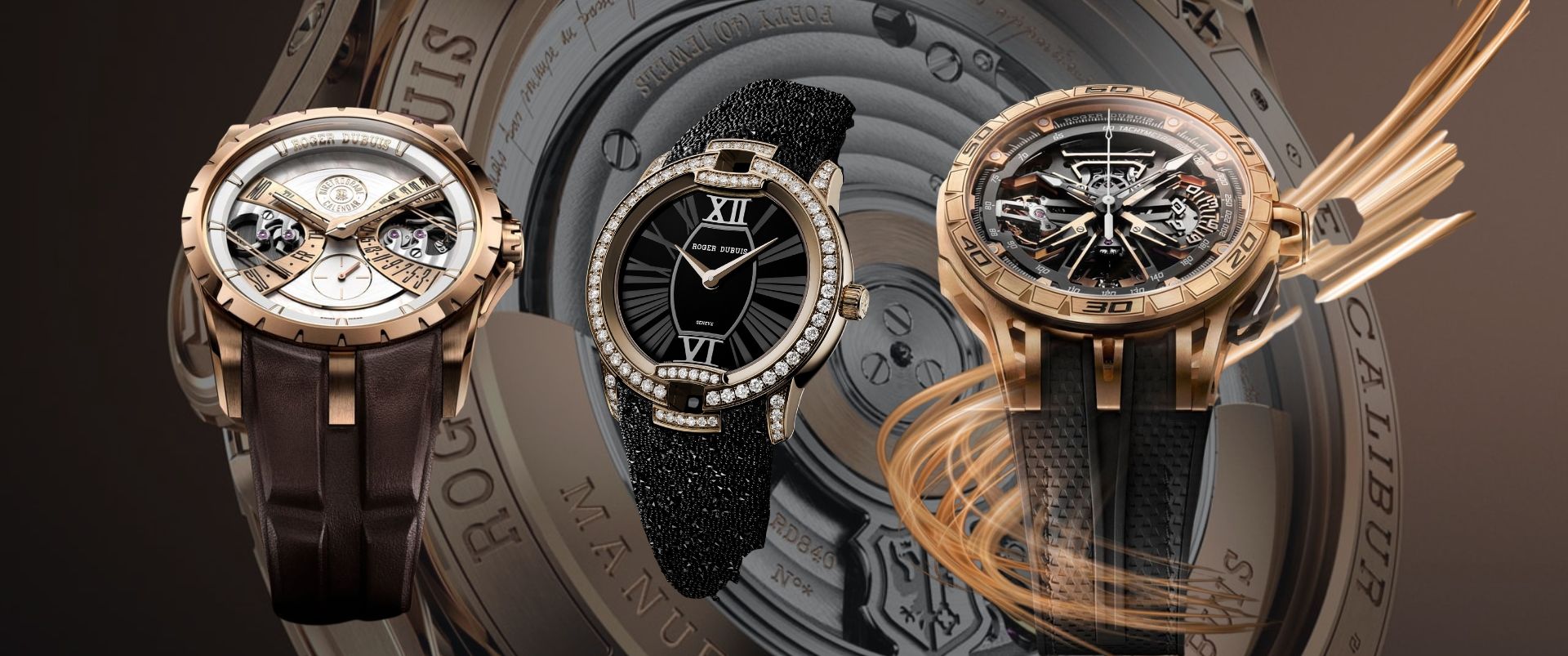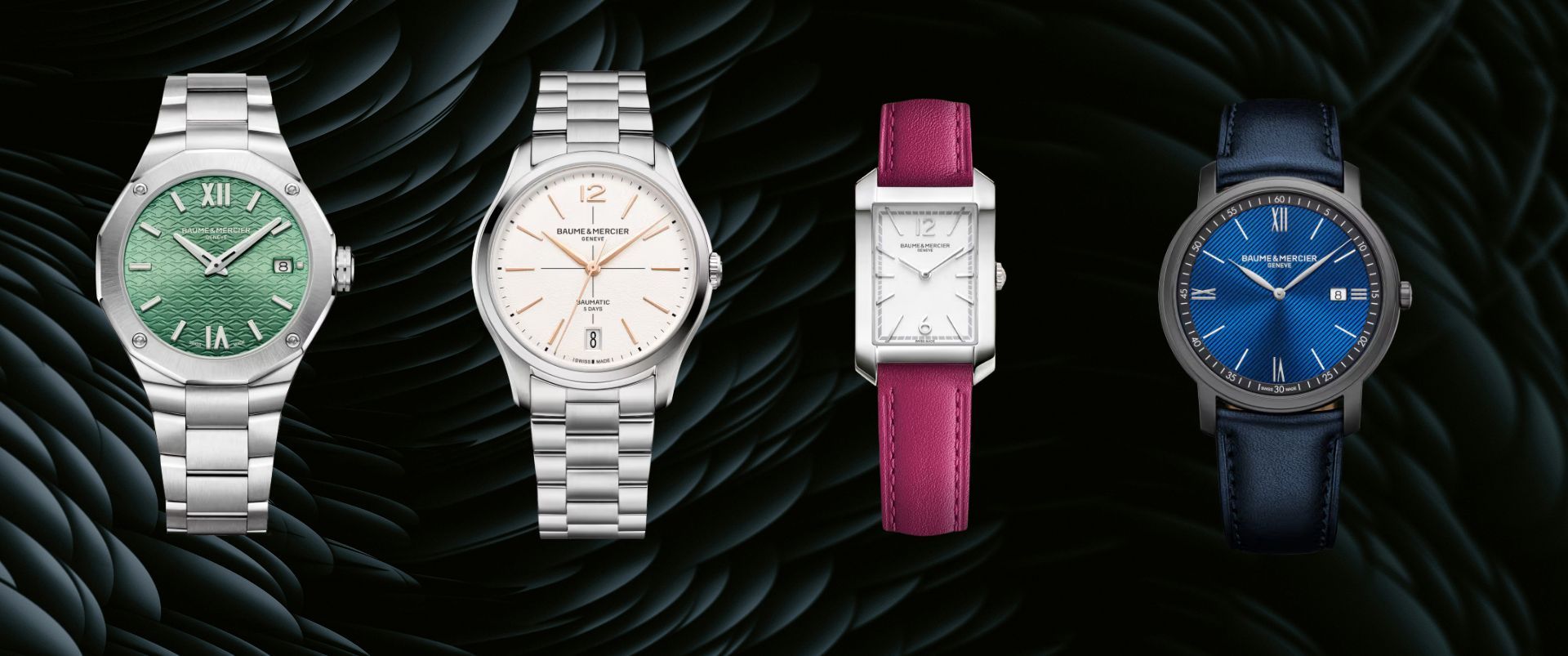The Curious Case Of The Tissot Sideral: Frozen In A Block Of Ice?
Would you ever imagine freezing your timepiece in a block of ice and then the next thing we know it’s plunged into boiling water? But Tissot did that back in the 1960s for its Sideral timepiece. Why did they do this? To test super-resistance, a key element that differentiates the Sideral timepiece. How did this all begin?
In a revolutionary leap away from convention, the Tissot Sideral burst onto the scene in 1969, with its prototypes already stirring anticipation in 1968. It was a time when the watch industry was ripe for a shake-up, and Tissot answered the call with a timepiece that dared to challenge tradition at every turn. From its choice of materials to its avant-garde design and affordability, the Tissot Sideral embodied a resounding declaration: this was not your father's watch.
Capturing the spirit of the era, Tissot's launch campaign echoed through the airwaves with bold slogans. "The young watch, for the young," they proclaimed, urging wearers to break free from their fathers' conventional styles. It was a rallying cry for those seeking something fresh, something modern. The collection was dubbed "Une collection d'avant-garde pour l'homme moderne," signaling its status as a vanguard for the contemporary man.

The very name of the Tissot Sideral resonated with the allure of the stars and the boundless expanse of space. It was a tribute to the incredible technological advancements of the time, most notably the historic moment on July 21, 1969, when humanity took its first steps on the moon. As the world marveled at this unparalleled feat, the Tissot Sideral stood as a testament to the remarkable progress of the era.
Moreover, the name tapped into the fervor ignited by the emergence of sci-fi television series set in the depths of space. These captivating shows, on the cusp of becoming cult classics, captivated the imaginations of the young generation. The Tissot Sideral rode this wave of enthusiasm, channeling the spirit of exploration, adventure, and limitless possibilities.

With its sleek and futuristic design, the Tissot Sideral embodied the essence of a watch that was truly ahead of its time. It encapsulated the era's fascination with all things cutting-edge, pushing the boundaries of what a timepiece could be. The Tissot Sideral became an emblem of a generation hungry for innovation and ready to embrace the future.
But the one thing that the Tissot Sideral was known for was the Swedish fiberglass.
What was so special about the fiberglass?
At its core, the Sideral represented a groundbreaking technological breakthrough, distinguished by its pioneering use of a one-piece Swedish fiberglass case combined with steel. While fiberglass had gained recognition in industries such as aeronautics, its application in watchmaking was nothing short of revolutionary. This innovative material bestowed the Sideral with a multitude of advantages, catapulting it to the forefront of high-tech manufacturing.
One of the most remarkable features of fiberglass is its feather-light composition, weighing a mere quarter of its steel counterpart. This characteristic not only contributes to the watch's overall comfort but also ensures unrivaled wearability, making it an ideal companion for those seeking a timepiece that seamlessly integrates with their active lifestyle.
The Sideral's fiberglass case also exhibits exceptional resistance to scratches, guaranteeing a flawless appearance even after years of regular use. Moreover, its remarkable durability allows it to withstand the corrosive effects of acids, ensuring that the watch remains unaltered and maintains its pristine condition.

Another remarkable aspect of fiberglass is its resilience to temperature fluctuations. Unlike other materials that may expand or contract in response to varying environmental conditions, the Sideral's fiberglass case remains unaffected, providing unparalleled reliability and accuracy.
These exceptional attributes have propelled fiberglass to the forefront of the high-tech industry, finding extensive applications in a wide range of domains. From sporting equipment utilized in ski competitions and racing cars to boat hulls and aircraft fuselages, fiberglass has proven itself as the material of choice for high precision and demanding environments.

Presented as modern and dynamic timepieces, Tissot’s marketing materials describe how the watch's novelty and uniqueness stem from its ultramodern case design.
The Sideral presents a fresh aesthetic characterized by clean and elegant lines, along with vibrant and eye-catching variations that add a touch of liveliness. In addition to its appealing design, the Sideral possesses all the features of a high-precision timepiece: automatic movement, exceptional water resistance, and shockproof capabilities. This remarkable collection was accompanied by a series of consecutive advertising campaigns from 1970 to 1971, facilitating its global expansion. The model gained instant popularity worldwide, playing a significant role in the brand's growth during the early 1970s.
In its modern reinterpretation of the Sideral, Tissot prioritized the preservation of the watch's rich heritage and essence. The original Sideral represented a blend of innovation, adventure, and the thrill of unexplored possibilities.

To capture these distinctive qualities, Tissot opted for a case made from forged carbon, a material that mirrors the lightweight, pioneering, and durable characteristics of fiberglass from six decades ago. By combining cutting-edge materials with the vintage charm of the Sideral, Tissot has created a timeless masterpiece that simultaneously honors its remarkable history and embraces a forward-thinking approach.

Today, the legacy of the Sideral lives on, an enduring testament to the boldness and vision of Tissot.
No articles found






